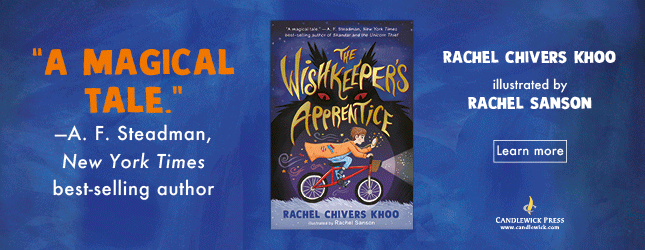Review Detail
Kids Fiction
323
Cultural Legend
Overall rating
4.3
Plot
4.0
Characters
4.0
Writing Style
4.0
Illustrations/Photos (if applicable)
5.0
‘Kapaemahu’ by Hinaleimoana Wong-Kalu, Dean Hamer, and Joe Wilson, illustrated by Daniel Sousa, contains beautiful images and an interesting touch of language, since it includes both English and Hawaiian wording. The legend the story tells of is one of four dual male and female spirits which traveled from Tahiti to Hawaii.
When the four mahu arrived in Hawaii in the fifteenth century, they brought with them the beauty of mind, heart, and spirit, imbuing a desire for healing into their new home. As they offered their healing wisdom, they were thanked through the moving of four great boulders all the way to Waikiki. The healers transferred their powers to the stones, allowing these idols to take over for them. The stones remained sacred and a beautiful memory of the mahu that had placed their power within them.
Time passed, and the stones were forgotten for some time, but eventually they were recovered. However, a moral of the story is to consider that understanding the true history of something—in the case of this story, the stones, and the mahu who came before them—is the only way to behold their power and allow them to work their magic the way the mahu once did centuries ago.
The authors’ notes, glossary, and healer stone history provided in the back matter of the book adds to the beauty of the storytelling. The book is said to be written in Olelo Niihau, the form of Hawaiian spoken by the fewer than 100 Native Hawaiian residents of the island of Niihau. It is always intriguing to learn about other cultures, other people, other legends that may not be so unlike any in our own particular cultures. It is wonderful to be able to capture the essence of one’s thoughts on a subject through the lens of a picture book such as this one.
When the four mahu arrived in Hawaii in the fifteenth century, they brought with them the beauty of mind, heart, and spirit, imbuing a desire for healing into their new home. As they offered their healing wisdom, they were thanked through the moving of four great boulders all the way to Waikiki. The healers transferred their powers to the stones, allowing these idols to take over for them. The stones remained sacred and a beautiful memory of the mahu that had placed their power within them.
Time passed, and the stones were forgotten for some time, but eventually they were recovered. However, a moral of the story is to consider that understanding the true history of something—in the case of this story, the stones, and the mahu who came before them—is the only way to behold their power and allow them to work their magic the way the mahu once did centuries ago.
The authors’ notes, glossary, and healer stone history provided in the back matter of the book adds to the beauty of the storytelling. The book is said to be written in Olelo Niihau, the form of Hawaiian spoken by the fewer than 100 Native Hawaiian residents of the island of Niihau. It is always intriguing to learn about other cultures, other people, other legends that may not be so unlike any in our own particular cultures. It is wonderful to be able to capture the essence of one’s thoughts on a subject through the lens of a picture book such as this one.
Good Points
The authors’ notes, glossary, and healer stone history provided in the back matter of the book adds to the beauty of the storytelling. The book is said to be written in Olelo Niihau, the form of Hawaiian spoken by the fewer than 100 Native Hawaiian residents of the island of Niihau. It is always intriguing to learn about other cultures, other people, other legends that may not be so unlike any in our own particular cultures. It is wonderful to be able to capture the essence of one’s thoughts on a subject through the lens of a picture book such as this one.
Comments
Already have an account? Log in now or Create an account



































